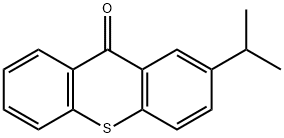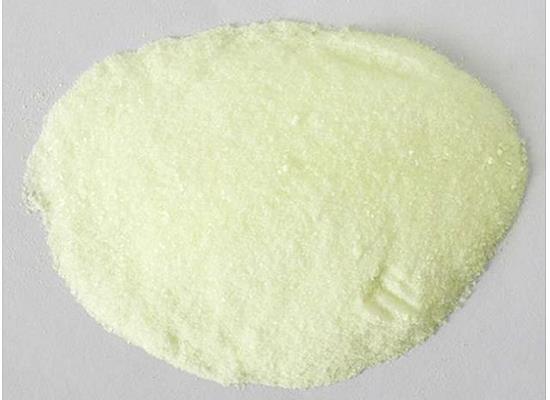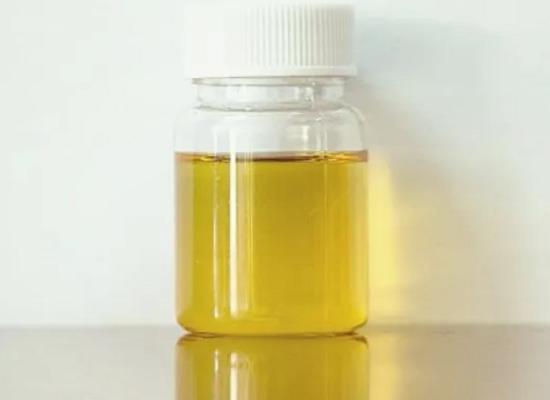2-Isopropylthioxanthone: Applications, Cytotoxic Effects and Detection
2-Isopropylthioxanthone is a white to yellow pellets or large crystals, it is widely used in printing ink of packaging materials.
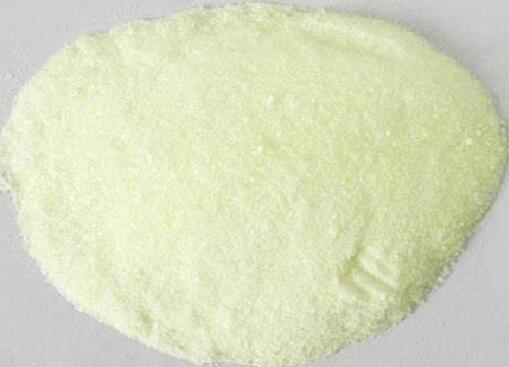
Applications
2-Isopropylthioxanthone has been used as an analytical standard for the determination of the analyte in packaged food materials using liquid chromatography-tandem mass spectrometry (LC–MS/MS). It may be used as an analytical standard for the determination of the analyte in milk,fruit drinksand packaged beverages by high performance liquid chromatography (HPLC) coupled to MS/MS and micellar electrokinetic chromatography techniques (MEKC).
Refer to the product′s Certificate of Analysis for more information on a suitable instrument technique. Contact Technical Service for further support.
Cytotoxic Effects and Detection
2-Isopropylthioxanthone (2-ITX) has been widely used as a photoinitiator in printing ink of packaging materials. A few years ago, this compound got special attention since it was detected in milk and fruit drinks. Since little is known about possible effects of this compound on human health, studies were initiated to investigate its properties, starting with in vitro studies. Structural similarities between ITX and the AhR-agonists 2,3,7,8-tetrachlorodibenzo-p-dioxin (TCDD) and furanocoumarins, prompted us to investigate whether ITX could have the potency to activate the AhR. ITX showed a clear response in the DR CALUX bioassay and also induced EROD activity in H4IIE rat hepatoma cells. Microarray studies in these cells showed a gene expression profile similar to that of TCDD. Moreover, using yeast-based estrogen and androgen bioassays, it was demonstrated that ITX, but not TCDD, has potential anti-estrogenic and anti-androgenic properties. The observed in vitro effects warrant further in vivo studies for confirmation and hazard characterization.1
Reference
1.Ad Peijnenburg.“AhR-agonistic, anti-androgenic, and anti-estrogenic potencies of 2-isopropylthioxanthone (ITX) as determined by in vitro bioassays and gene expression profiling.”Toxicology in Vitro 24 6 (2010): Pages 1619-1628.
You may like
Related articles And Qustion
Lastest Price from 2-Isopropylthioxanthone manufacturers

US $0.00/kg2025-10-28
- CAS:
- 5495-84-1
- Min. Order:
- 1kg
- Purity:
- 99%min
- Supply Ability:
- 20tons
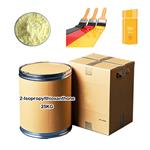
US $0.00/KG2025-04-21
- CAS:
- 5495-84-1
- Min. Order:
- 20KG
- Purity:
- 98%min
- Supply Ability:
- 30tons/month
